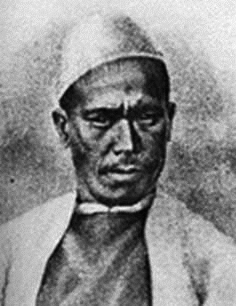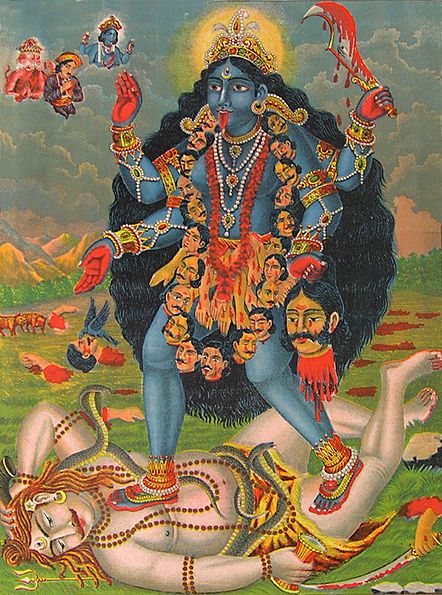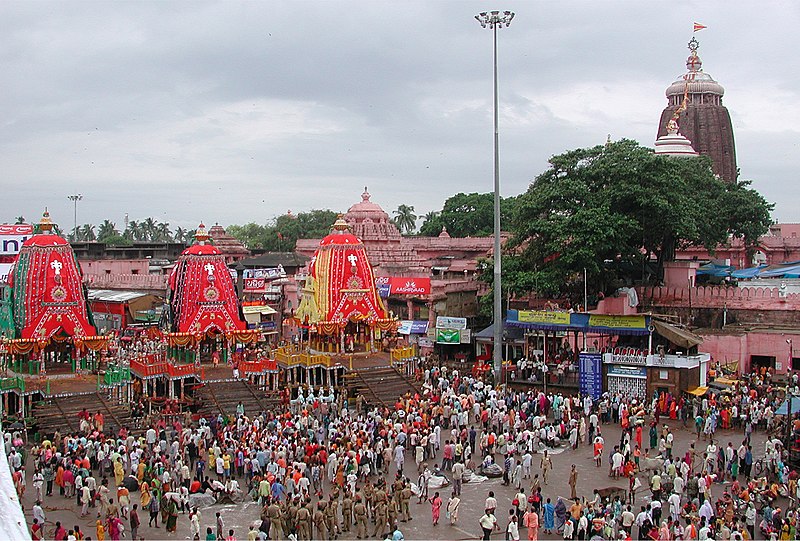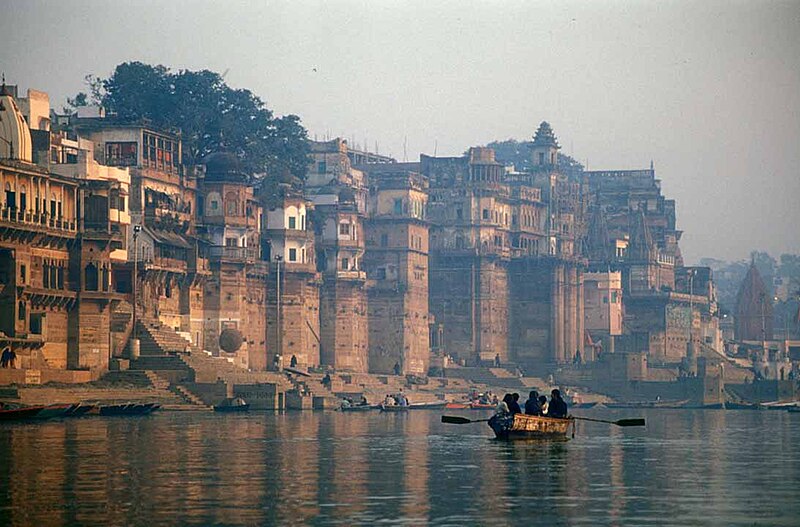The first three are commonly used English terms that have an interesting history in India.

The Pundit, Nain Singh (+1895AD).
Pundits, now thought of as political commentators, were originially late 19th century Indian surveyors that mapped much of central Asia on behalf of the British Empire. These Pundits, a word derived from the Sanskrit word for scholar, were able to travel into areas closed to Europeans. Disguised as Buddhist pilgrims, they mapped vast tracts, hiding compasses in prayer wheels, and using Buddhist rosaries to measure distances covered. Between 1865 and 1885, these Survey of India trained Pundits gave the British a solid understanding of the region previously unknown.

The goddess Kali, patroness of the Thugs.
Thugs, now thought of as bullies or criminals who rough up others, were originally an Indian sect of Hindus dedicated to the goddes Kali. In the autumn, these Thugs would murder travellers, especially wealthy ones, as a sacrifice to the demonic Kali, often by strangling -- hence their other name of Phansigars, or stranglers. This nasty practice was rooted out in India by the British.

The three chariots of the Rath Yatra procession in Puri, Orissa, India, with the Jagannath Temple to the right.
We know a juggernaut to be large and unstoppable, but few, perhaps, know the origin of the term. In the Indian city of Puri, in the state of Orissa, is a temple of Jagannath (an incarnation of Vishnu/Krishna). Each year, during the occassion of Rath Yatra, the idols of this temple are drawn in procession on a massive chariots. It is from this, and the enormous chariots of Jagannath that we derive the word juggernaut!

Some Fuller's India Pale Ale.
IPA, or India Pale Ale, is a popular style of beer brewed with a healthy portion of hops, which give the beer its unique bitterness. This name comes from the fact that this manner of beer, in the 19th century, was referred to as a pale ale prepared for the India climate. Here is a good summary of how this name came and stuck, and how it related to India:
"All we know from the evidence we do have is that Hodgson was one of the brewers exporting pale ale to India, and became the most famous. We can guess that Hodgson quite likely knew of the opinion expressed in books on brewing written in the 1760s that it was a good idea to highly hop ales for export to warmer climes. But there is no evidence at all that Hodgson was the one to discover this. Eventually that general knowledge about the need to hop beers for export to places like India apparently led to brewers to announce for sale something they called “Pale Ale prepared for the East and West India Climate” and similar designations, which was eventually shortened or summarised as “India Pale Ale”. The fact that Hodgson called its beer “East India Pale Ale” in 1835 means it was probably “prepared for the East India climate” and so more highly hopped: whether it was so prepared in 1793 we don’t know" [cf., http://zythophile.wordpress.com/2010/03/31/ipa-the-executive-summary/]

The Ganges River at Varanasi, Uttar Pradesh, India.
Finally, we have the Ganges River at the Indian city of Varanasi, in the state of Uttar Pradesh. This is the most sacred spot on the Ganges for Hindus, and a bath here is thought to forgive sins. This is despite the fact that the river water is something less than clean. The following video gives you a good sense of taking a bath in the "sacred" Ganges:
Live well!
No comments:
Post a Comment